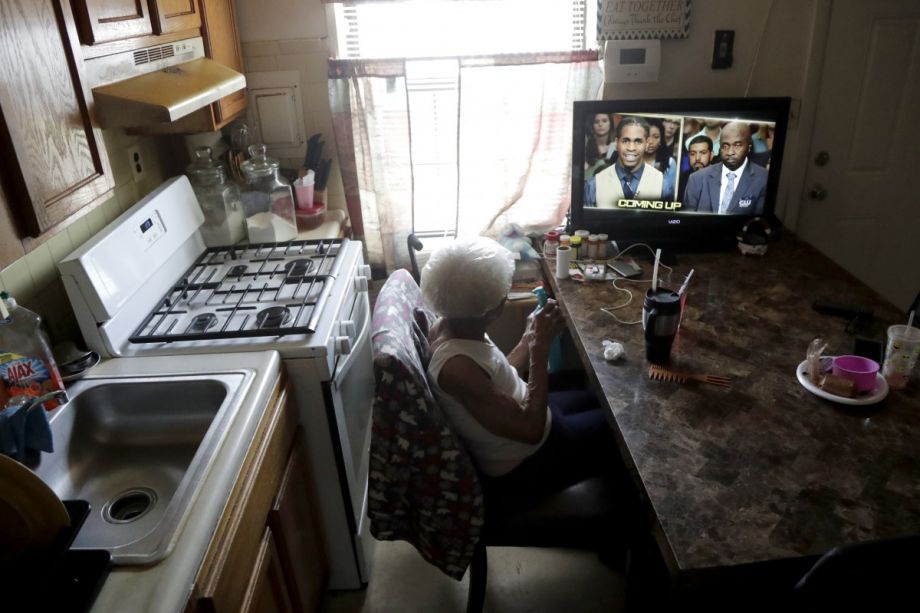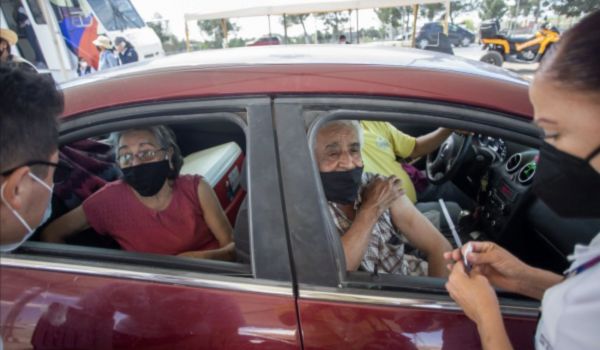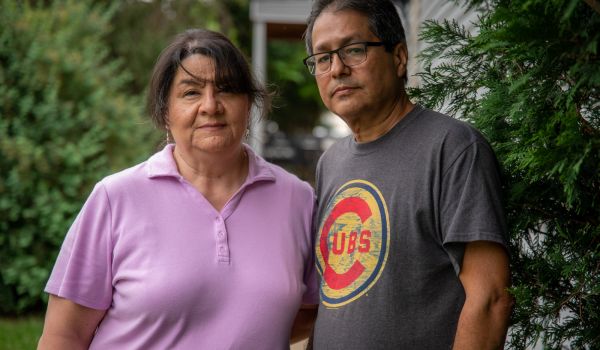The economic fallout of the pandemic has pushed the affordable housing crisis to a breaking point. Despite the moratoriums stemming the tide, the pandemic has seen tens of thousands of tenants displaced from their homes, and millions more at risk. Largely overlooked, however, are the dangerous conditions in which many tenants live. Substandard housing is a public health hazard of its own, one which has become more dangerous in the pandemic. Responses to the housing crisis can and should address conditions in those homes.
More than 3.3 million households live with inadequate heat, damaged plumbing, gas leaks, toxic mold, lead, insects, rodents, or other hazards. Living in such an environment can lead to injury, disease, and sometimes death. The pandemic has made the situation more dire, forcing many tenants to spend more time at home.
Public health guidelines that ask people to stay home assume that homes offer sanctuary. Yet for too many families, more time at home means increased risk of danger. One of us is the director of a legal clinic that works with such families, often visiting them in their homes pre-pandemic. Even after less than half an hour in a home with toxic mold, the impact on breathing and concentration is palpable. For tenants who suffer with mold, the respiratory effects of COVID-19 are particularly frightening. The last thing these clients need is more time at home.
Even for those who survive the pandemic, substandard housing conditions can cause long-term damage to families’ physical and economic well-being. Substandard housing contributes to chronic illnesses like asthma, as well as neurological and psychological harms like sleep deprivation, anxiety, and decreased cognitive functioning. Economic losses include not only medical costs and replacements for damaged furniture, but also reduced earning potential when substandard living environments undercut parents’ and children’s work and school performance. Unhealthy conditions can even threaten parent-child relationships when child welfare agencies break up families because they lack adequate housing.
All of these effects exacerbate health and wealth inequality. People live in substandard conditions when they have few other options, whether due to racial segregation, discrimination, damaged credit, a criminal record, an eviction record, the absence of a social security number, or simply the lack of decent, affordable housing in a society that treats housing as a commodity. Families of color, who have also been hit hardest by the pandemic, disproportionately get stuck in substandard housing.
Both judges and policymakers can effect change. To the extent that eviction courts continue to operate during the pandemic—and, unfortunately, many do—judges should enforce tenants’ right to live in safe conditions. Overwhelmed courts may be tempted to process eviction cases as quickly as possible. But resolving disputes over rent ought not to be as simple as tallying up what the tenant owes according to the landlord’s ledger. A legal principle called the implied warranty of habitability requires that residential housing be fit for human habitation. When landlords fail to meet that requirement, the law authorizes judges to order repairs and issue rent abatements—reductions of past or future rent. A tenant or public agency can bring a landlord to court for the failure to maintain a home, or the tenant can raise this failure as a defense in an eviction case.
In practice, however, many judges decline to enforce the law. This is partly because, outside of a handful of locales, tenants have no right to counsel. Unless or until more tenants are represented, judges will need to take more responsibility for safeguarding the rule of law in their courtrooms. Before issuing eviction judgments, judges should listen to tenants’ complaints about conditions, require landlords to make necessary repairs, and grant rent reductions when appropriate. Rent reductions can have a significant impact: If judges calculate abatements fairly, they will find some tenants owe less than their landlords claim, and others owe nothing at all, meaning there is no basis for eviction.
Of course, judicial orders alone cannot ensure housing quality and affordability. Rent abatements will not prevent eviction for tenants whose homes are safe but unaffordable. Our research and experience suggest that the soundest approach to the immediate crisis is to forgive rent for low-income tenants and provide financial support directly to landlords if they really need it. Rather than put tenants in the middle, programs should subsidize housing directly. They should require landlords to apply and show need, quality of conditions, and long-term commitment to providing safe and affordable homes. If, as appears more likely, tenants will remain responsible for paying rent, rental assistance programs should be thoughtfully designed to support not just any housing, but decent housing. Such programs must also include protections for those tenants whose landlords prefer to evict rather than accept the terms of the subsidy arrangement. Policymakers must pair the infusion of public resources with accountability for providing decent homes.
Ensuring decent homes for all should be our goal. That will require deeper, more comprehensive changes in public and private housing. At minimum, however, a just pandemic recovery must promote not only housing stability but also housing quality.
Kathryn Sabbeth is an associate professor of law at the University of North Carolina.
Sophie House is a legal fellow at the NYU Furman Center for Real Estate and Urban Policy.
















